Kiecker, the term used in Hindi and Urdu for acacia trees, represents a group of hardy, drought-resistant plants well-suited to arid and semi-arid regions. Known for their resilience and adaptability, acacia trees play an essential role in their ecosystems, providing resources, shelter, and ecological stability. This article explores the environmental niche of kiecker (acacia trees), their significance in different ecosystems, sustainable cultivation practices, and their role in combating climate change.
Understanding Kiecker (Acacia Trees)
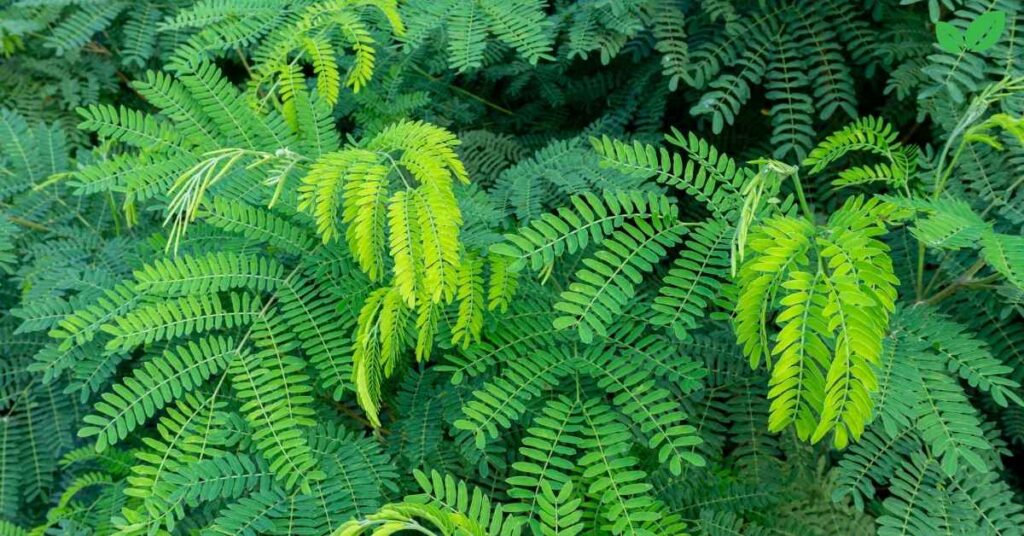
What is Kiecker?
Kiecker is the local term for acacia trees in Hindi and Urdu-speaking regions, particularly in South Asia. Acacia trees belong to the Fabaceae family and are known for their small, compound leaves, thorny branches, and small, globular or cylindrical flowers that vary in color from white to yellow. This genus includes hundreds of species, each adapted to different climates and soil types but sharing certain ecological and morphological traits. Some of the most common species found in South Asia include Acacia nilotica, Acacia senegal, and Acacia arabica.
Characteristics of Acacia Trees
Acacia trees are well-known for their adaptability, particularly in dry environments where water scarcity and soil salinity can hinder the growth of other plants. Some key characteristics that make kiecker highly resilient include:
- Drought tolerance: Acacia trees are adapted to low-water environments and can survive long periods without rainfall.
- Nitrogen fixation: As members of the legume family, acacias have root nodules that host nitrogen-fixing bacteria, which enrich the soil and enhance its fertility.
- Thorny branches: These thorns deter herbivores, protecting the plant from grazing and promoting its longevity in regions with high herbivore populations.
Ecological Role of Kiecker
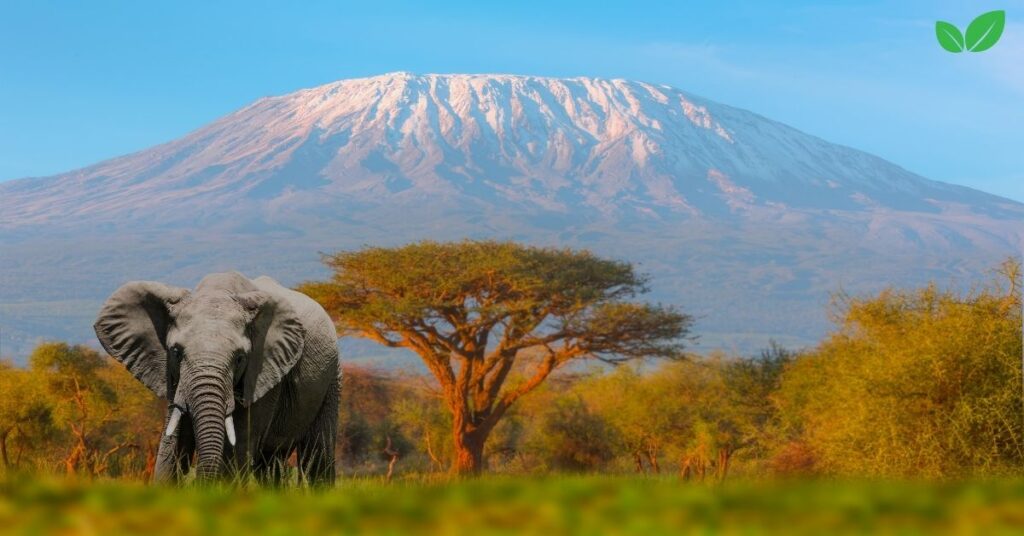
Contribution to Soil Health
One of the significant ecological benefits of kiecker trees is their ability to improve soil health through nitrogen fixation. In regions with nutrient-poor soils, such as arid and semi-arid lands, this ability is invaluable. The nitrogen fixed in the root nodules of acacia trees becomes available in the soil, increasing its fertility and making it more hospitable for other plants. Additionally, the leaves that fall from acacia trees decompose and contribute organic matter, further enriching the soil and enhancing its water retention capacity.
Support for Biodiversity
Kiecker trees create habitats and provide resources for a wide range of organisms, contributing to biodiversity and ecological stability. The trees offer shelter and nesting sites for birds, insects, and small mammals, many of which rely on acacia trees for food, shade, and protection from predators. Some of the primary ecological roles of kiecker trees include:
- Providing habitat: Birds, such as weaver birds, often build their nests in the branches of acacia trees, benefiting from their thorny defenses against predators.
- Supporting pollinators: The flowers of acacia trees attract pollinators, including bees and butterflies, which are essential for the reproduction of many plants in the ecosystem.
- Food for herbivores: Although the thorns deter many herbivores, some species, such as camels and certain types of antelope, graze on acacia leaves, particularly during the dry season when other food sources are scarce.
Erosion Control and Land Restoration
The root systems of acacia trees are extensive and can anchor the soil effectively, making them valuable in erosion control efforts. In degraded landscapes, kiecker trees are often used in reforestation and land restoration projects because of their ability to thrive in challenging environments. Their roots stabilize the soil, reducing erosion caused by wind and water, and their presence helps restore degraded land by improving soil fertility and water retention. In this way, acacia trees play a key role in land rehabilitation projects, particularly in dry and degraded regions.
The Environmental Impact of Kiecker Cultivation
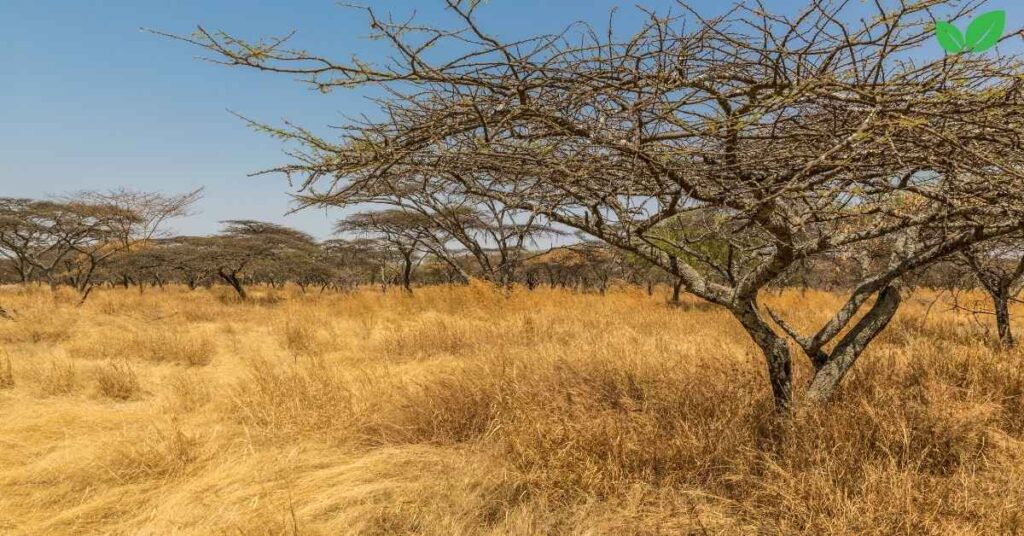
Positive Impacts
When cultivated sustainably, kiecker trees offer numerous environmental benefits, including:
- Carbon Sequestration: Acacia trees, like other plants, capture carbon dioxide through photosynthesis and store it in their biomass. This process helps mitigate climate change by reducing the concentration of greenhouse gases in the atmosphere.
- Soil Enrichment: The nitrogen-fixing ability of acacia trees enhances soil fertility, making them useful in agroforestry systems where they improve the productivity of nearby crops.
- Water Conservation: Due to their drought tolerance, acacia trees are well-suited for regions with limited water resources. By planting acacia trees, communities can create green spaces that require minimal water input, contributing to water conservation efforts.
Potential Negative Impacts
However, there are also potential challenges associated with the widespread cultivation of acacia trees:
- Invasive Potential: Some species of acacia, particularly when introduced outside their native range, can become invasive, outcompeting local vegetation and altering ecosystems.
- Allelopathic Effects: Certain acacia species release chemicals that inhibit the growth of other plants in their immediate vicinity. This can reduce plant diversity in the area and affect the availability of resources for other organisms.
- Water Competition: In areas with very limited water resources, acacia trees can sometimes compete with other plants for available moisture, potentially affecting local vegetation.
Sustainable Cultivation Practices for Kiecker

Agroforestry
Agroforestry is a sustainable farming approach that involves integrating acacia trees with crops or livestock. This practice benefits both the environment and local communities by enhancing soil fertility, reducing the need for chemical fertilizers, and providing shade for crops or livestock. Some of the key benefits of agroforestry with acacia trees include:
- Improved crop yields: By enriching the soil, acacia trees can boost the productivity of nearby crops.
- Increased resilience: Agroforestry systems that include acacia trees are often more resilient to climate extremes, such as drought or heavy rainfall, as they reduce soil erosion and improve water retention.
Organic and Minimal-Impact Cultivation
To reduce the environmental impact of acacia tree cultivation, organic methods can be employed. These methods avoid synthetic fertilizers and pesticides, instead relying on natural processes to support tree growth and soil health. For instance:
- Using compost: Applying organic compost around the base of acacia trees can provide nutrients naturally and improve soil structure.
- Conserving water: By mulching and using efficient irrigation techniques, farmers can minimize water usage, especially in arid environments.
Seed Banks and Indigenous Knowledge
The preservation of indigenous knowledge and the establishment of seed banks are vital for the conservation of kiecker trees. Seed banks can safeguard the genetic diversity of acacia species, ensuring that different varieties remain available for future planting. Indigenous knowledge, which encompasses traditional cultivation and management practices, offers valuable insights into sustainable ways to grow and care for kiecker trees.
Kiecker and Climate Change
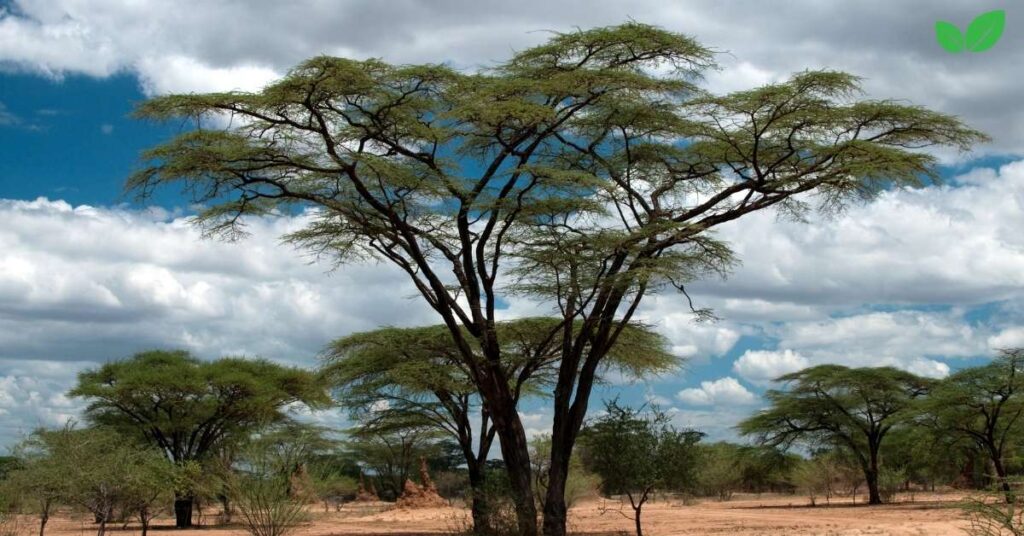
Climate Resilience
One of the key reasons for the environmental significance of acacia trees is their resilience to climate extremes. As climate change leads to more frequent droughts and temperature fluctuations, species like kiecker become increasingly valuable for land restoration, food security, and ecosystem resilience. Their ability to grow in low-water conditions and improve soil health makes them suitable for areas that may become unsuitable for other types of vegetation due to climate change.
Carbon Sequestration and Climate Mitigation
Acacia trees play a role in climate mitigation by capturing and storing carbon dioxide. While their overall contribution may not be as significant as that of large forests, kiecker trees planted in large numbers can contribute meaningfully to reducing atmospheric CO2 levels. This makes them a viable option for reforestation and afforestation projects in regions where other trees may struggle to survive.
Conservation Efforts and Educational Initiatives
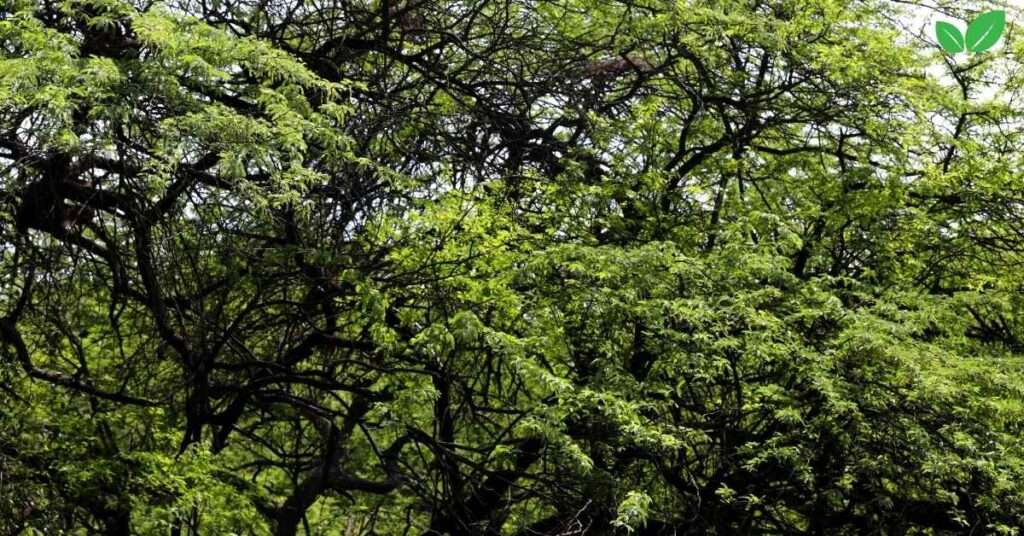
Protecting Native Acacia Forests
Conserving natural habitats where acacia species thrive is essential for maintaining biodiversity and protecting ecosystems. Many acacia forests are located in semi-arid regions where human activity, such as agriculture or livestock grazing, can lead to habitat degradation. Conservation initiatives that focus on protecting and restoring these forests can help preserve the unique ecosystems that acacia trees support.
Educational Programs
Educational programs that raise awareness about the environmental importance of kiecker trees can encourage sustainable practices and promote the benefits of acacia in ecosystems. These programs can be implemented in schools, community centers, and through online platforms, teaching people about the ecological value of acacia trees and the importance of conservation.
Research and Development
Ongoing research into the ecological benefits of acacia trees and their potential for land restoration can provide valuable insights for sustainable land management. Scientists are studying various acacia species to understand their environmental impact, water requirements, and potential for climate adaptation. Such research can inform future conservation efforts and help identify ways to maximize the environmental benefits of acacia trees.
Conclusion: Embracing the Environmental Role of Kiecker
Kiecker, or acacia trees, are a remarkable group of plants with significant environmental value. From improving soil health and supporting biodiversity to aiding in climate resilience, these trees occupy a vital niche in ecosystems around the world. Their ability to withstand harsh climates and enrich nutrient-poor soils makes them invaluable in sustainable agriculture and land restoration projects.
As we continue to face environmental challenges, including climate change and biodiversity loss, the importance of trees like kiecker in promoting resilience and ecological stability cannot be overstated. By adopting sustainable cultivation practices, conserving native acacia forests, and raising awareness about their ecological significance, we can ensure that kiecker trees continue to thrive and contribute to the health of our planet.
FAQ Section

Why is Kiecker important for soil health?
Kiecker, or acacia trees, contribute significantly to soil health through nitrogen fixation. This process involves the tree’s root nodules hosting nitrogen-fixing bacteria, which convert atmospheric nitrogen into a usable form, enriching the soil. This nutrient-rich soil becomes more fertile, promoting the growth of other vegetation in areas where nutrients may be scarce.
Can kiecker trees help combat climate change?
Yes, acacia trees contribute to climate mitigation by sequestering carbon dioxide, though on a smaller scale compared to large forested areas. They capture CO2 through photosynthesis, storing carbon in their biomass and roots. When planted in large numbers, these trees can play a significant role in reducing atmospheric carbon levels, making them valuable in reforestation projects in arid regions.
Are there risks associated with planting kiecker trees outside their native habitats?
While kiecker trees provide numerous ecological benefits in their native range, certain species of acacia can become invasive when introduced to non-native environments. They may outcompete local plants and alter ecosystems, particularly in regions where their growth is unchecked by natural predators or environmental conditions. It is essential to research and monitor acacia species carefully before introducing them to new regions.
What sustainable practices are best for cultivating kiecker trees?
Sustainable cultivation practices for kiecker trees include agroforestry, organic gardening, and water conservation. Agroforestry involves growing acacia trees alongside other crops to improve soil fertility and reduce erosion. Organic gardening avoids synthetic fertilizers, instead using compost and natural pest management to support healthy growth. Mulching and efficient irrigation methods help conserve water, especially in arid regions where water resources are limited.
How do acacia trees support biodiversity?
Acacia trees provide habitats, food, and protection for a variety of wildlife, including birds, insects, and mammals. The thorny branches protect nests from predators, making them ideal for birds like weaver birds. Pollinators, such as bees and butterflies, are also attracted to acacia flowers, aiding in the reproduction of both the acacia trees and other plants in the ecosystem.
Read More: Largest Pennsylvania Trees: Guardians of the Forest

